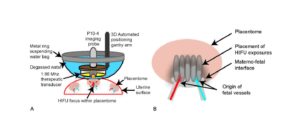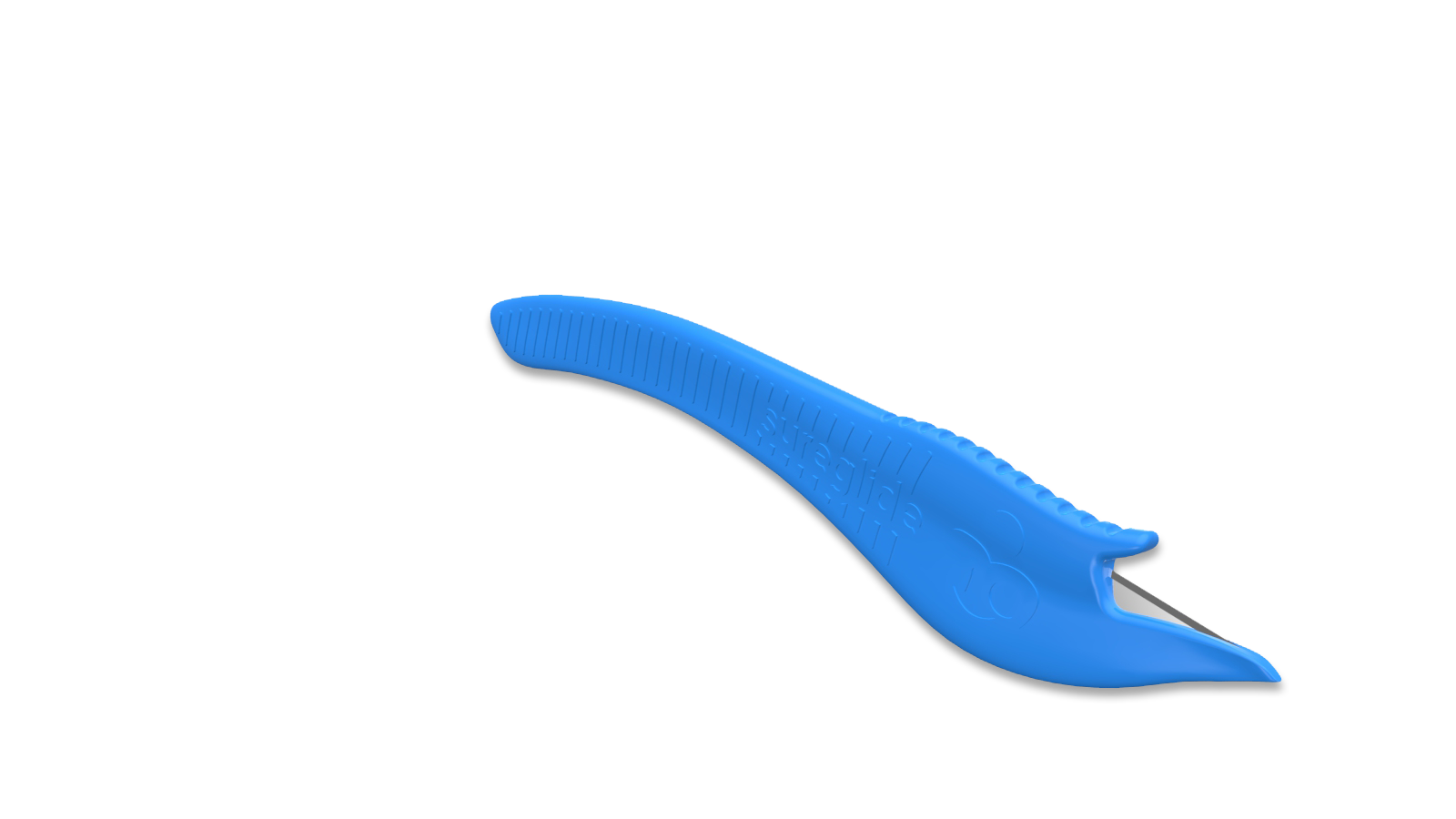
Ultrasound waves may offer a new tool for splitting abnormal blood vessels in the placenta that affect some twin pregnancies, a new study shows in sheep.
Ultrasound waves may offer a new tool for splitting abnormal blood vessels in the placenta that affect some twin pregnancies, according to a new pre-clinical study.
With further development, the technique may offer a less invasive and potentially safer alternative for treating twin-twin transfusion syndrome (TTTS), a rare but lethal complication in some pregnancies in which identical twins share a placenta. In this disorder, abnormal blood vessel connections form between twin fetuses, resulting in unequal sharing of the placental blood supply.
TTTS occurs in around one in seven identical twin pregnancies, and leads to one baby growing much larger than the other. Some identical twins share a placenta, which provides the babies with equal amounts of oxygen and nutrients, carried in the blood.
However, in TTTS the shared placenta contains abnormal blood vessels that cause more blood to flow to one baby, leaving the other deprived of oxygen and nutrients. This affects the twins’ growth, and can result in complications such as premature birth, handicap or even death of one or both babies.
Current invasive laser surgery for destroying the connecting vessels is often ineffective and risky, and therefore reserved for severe cases. Caroline Shaw and colleagues sought to use high-intensity focused ultrasound to ablate placental blood vessels in healthy pregnant sheep.
In the new study, published in the journal Science Translational Medicine, the team showed that high-energy focused ultrasound (HIFU) can selectively target and destroy placental blood vessels, potentially enabling it to split the placenta in two without the need for an invasive procedure.
The technique creates a beam of high-energy sound waves that generate heat and kill cells. It’s already used to treat prostate cancer and fibroids.
To establish whether the procedure could destroy placental blood vessels, the team used the technique on 11 anesthetised pregnant sheep. Five had the HIFU procedure, while six had a placebo procedure.
Although the sheep did not carry twins, the blood vessels in the sheep placenta have a similar structure to blood vessels in the human placenta, enabling the researchers to assess whether the HIFU could separate the placenta in TTTS. Furthermore, the fetuses of sheep and humans are a similar size.
The results showed the technique was successful and could destroy blood vessels without damage to the fetus. The researchers used the HIFU probe against the wall of the uterus, through an incision in the abdomen and carried out further experiments to show the procedure works through the skin. Both mother and baby sheep were unharmed, and blood flow to the fetal brain remained normal.
The findings suggest that the ultrasound technique may be further adapted to treat TTTS and potentially related pregnancy disorders.
Imperial College London
imperial.ac.uk




